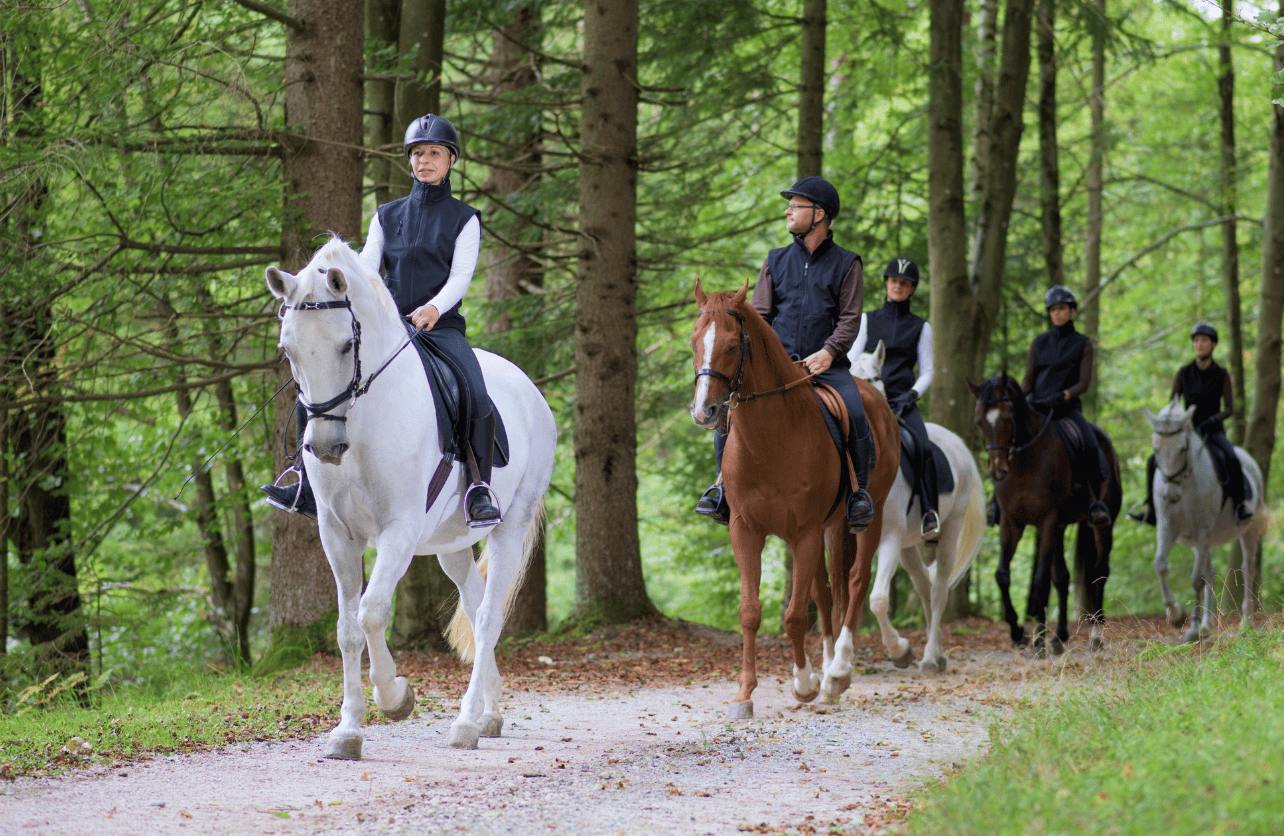How Long Can a Horse Ride in One Day?

The question of how far a horse can travel in a single day has fascinated riders and enthusiasts for centuries. From historic journeys to modern endurance competitions, the answer depends on various factors, including the horse’s breed, fitness level, terrain, and pace. While the average horse can cover significant distances, proper care and planning are essential to ensure the animal’s well-being. This article explores the factors influencing a horse’s daily travel capacity and offers insights into how to manage long rides responsibly.
Average Distance a Horse Can Travel
Under normal conditions, a healthy and moderately fit horse can comfortably travel 25 to 35 miles (40 to 56 kilometers) in a single day. This estimate assumes the horse is walking steadily throughout the day with regular breaks for rest, water, and food. However, the distance can vary significantly based on the circumstances and the horse’s condition.
For comparison, in specialized endurance events, horses have been known to cover up to 100 miles (161 kilometers) in a single day. These feats, however, are achieved under carefully monitored conditions and involve exceptional animals with rigorous training.
Factors That Influence a Horse’s Travel Distance
Breed and Natural Endurance
Certain horse breeds are better suited for long-distance travel due to their natural stamina and physique. For example:
- Arabians are renowned for their endurance and are often the breed of choice for long-distance competitions. Their lightweight build and efficient metabolism allow them to cover greater distances.
- Quarter Horses excel in short bursts of speed but are less suited for sustained travel over long distances.
- Draft Horses, while strong, are typically slower and not ideal for covering vast distances quickly.
The breed plays a significant role in determining how far and fast a horse can travel in a day.
Fitness and Conditioning
Just like humans, horses need to build stamina through regular training. A well-conditioned horse can handle longer rides without excessive fatigue. Training programs that gradually increase the duration and intensity of rides help prepare a horse for extended travel while minimizing the risk of injury or exhaustion.
Terrain and Environment
The type of terrain impacts a horse’s ability to travel efficiently. Flat, smooth trails allow for faster and easier travel, while rough or uneven terrain requires more effort and slows the pace. Additionally, weather conditions play a role. Hot, humid environments can tire a horse more quickly, while cooler climates are more conducive to longer rides.
Pace and Gait
The pace at which a horse travels affects how far it can go. A steady walk conserves energy and is sustainable for long periods, but it limits the overall distance. A trot is more energy-efficient for covering ground, while galloping, though fast, can only be maintained for short bursts due to the high energy expenditure.
For example, a horse walking steadily can cover 25 to 30 miles (40 to 48 kilometers) in a day, while a combination of walking and trotting may increase the distance to 35 to 50 miles (56 to 80 kilometers). Galloping is generally reserved for short distances or emergencies, as it quickly tires the horse.
Managing Long Rides Responsibly
While horses are capable of impressive feats of endurance, their well-being must remain a top priority. Here are some best practices for ensuring a safe and enjoyable journey:
Plan for Regular Breaks
Horses need periodic rest to recover during long rides. Stop every hour or so to allow the horse to drink water, graze, and relax. Rest breaks also give you an opportunity to check for signs of fatigue or discomfort.
Monitor Hydration and Nutrition
Horses sweat significantly during physical exertion, leading to loss of water and electrolytes. Providing fresh water and offering small amounts of feed or forage throughout the ride helps maintain their energy levels and hydration.
Pay Attention to the Horse’s Behavior
A tired horse may show signs such as slowing down, stumbling, or excessive sweating. Recognizing these signs early and adjusting your pace or ending the ride is crucial to avoid overexertion.
Use Proper Equipment
Comfortable and well-fitted tack reduces the risk of soreness or injury during long rides. Saddles, bridles, and saddle pads should be checked before and during the journey to ensure they are not causing irritation.
Train Gradually
If you plan to take your horse on a long journey, prepare them through consistent training. Gradually increase the distance and duration of rides to build their endurance over time.
Notable Achievements in Equine Endurance
The extraordinary stamina of some horses has been demonstrated in endurance competitions, where they cover remarkable distances under strict veterinary supervision. For example:
- 100-mile endurance rides are common in competitions like the Tevis Cup, where horses and riders complete challenging courses over varied terrain.
- Historical accounts of long-distance messengers, such as Pony Express riders, highlight the capabilities of well-trained horses under demanding conditions.
These examples underscore the importance of preparation, care, and the unique abilities of certain breeds in achieving such feats.
Final Thoughts
The distance a horse can travel in one day depends on numerous factors, including breed, fitness, terrain, and pace. While the average horse can comfortably cover 25 to 35 miles, with proper conditioning and care, some can achieve much greater distances. Whether you’re planning a leisurely trail ride or a longer journey, keeping your horse’s well-being in mind is essential.
By training gradually, monitoring your horse’s health, and planning rest breaks, you can enjoy safe and rewarding rides while appreciating the incredible endurance of these magnificent animals.
Your Pet’s Best Interest, Always
At Pet Institute, we take pet care seriously. We're dedicated to transparency, impartiality, and the well-being of your pets in every article, review, and recommendation we provide. Our unwavering commitment to these principles ensures that you, our valued reader, always receive reliable and unbiased information. Let us be your trusted guide in the world of pet care and companionship.